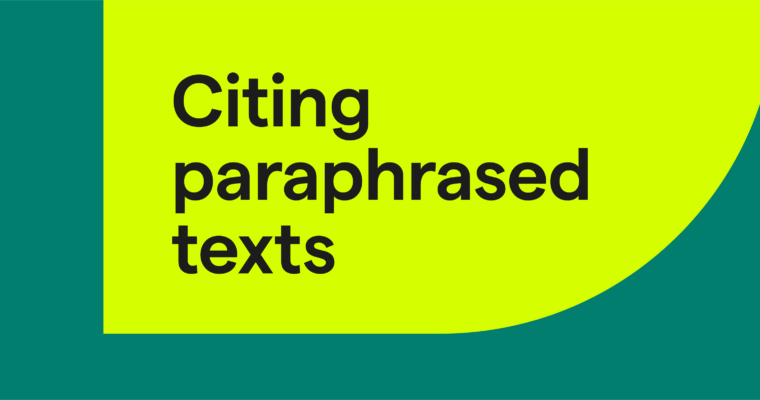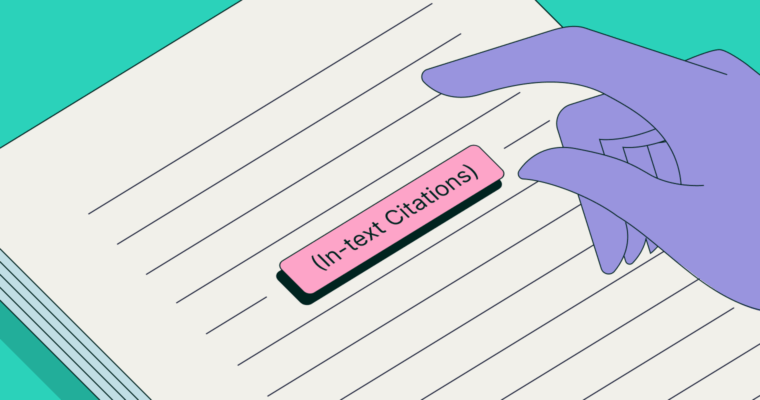When citing a book in MLA format, include the author’s name, the title of the book, the publisher’s name, publication date, and sometimes the place of publication. The way you cite a book using MLA format can vary depending on the type of work you’re citing.
For example, an e-book citation requires additional elements, like the source URL. The format for citing a textbook with multiple authors also varies from a standard MLA book citation. Referencing classical works that don’t have a definitive publication date or author, like the Bible, also requires a different approach.
How to cite a book in MLA format
A standard book citation in MLA format for a text with a single author looks like this:
Last name, First name of author.
An example of a standard book citation in MLA format looks like this:
Walker, Alice. The Color Purple. New York, Harcourt, 1992.
Note that the book title in a citation using MLA format is italicized and written in title case, meaning that all major words are capitalized. This typically includes nouns, pronouns, verbs, adjectives, and adverbs.
Include the place of publication only if the work was published before 1900, is a rare book, or is published in different versions outside of the US; otherwise, don’t include this element.
For an in-text citation of a book in MLA format, include the author’s last name and the page number in parentheses. Below is an example:
(Winters 78)
How to cite a book with multiple authors in MLA format
You can reference a work with more than one author by reworking the author element of the citation. For a book citation with two authors, use the following format:
Last name, First name, and First name Last name.
Citing a book with two authors looks like this:
Cohn, Rachel, and David Levithan.
For an in-text citation, include the last names of both authors, separated by the word “and,” followed by the page number. These elements should be enclosed in parentheses:
(Cohn and Levithan 55)
The author format also changes when you’re citing a book with three or more authors. In this scenario, include the name of the first author listed in the book, followed by “et al.” to denote that multiple authors contributed to the work. Below is an example of this type of book citation in MLA format:
Last name, First name, et al. Book title. Publisher’s name, Publication date.
Below is an example of a citation for a book authored by three or more individuals:
Heffernan, James, et al.
An in-text citation of a book with more than three authors is similar to that of a book with two authors. The difference is that instead of including all the authors’ last names, you include only the first author’s last name, followed by “et al.”:
(Morris et al. 37)
How to cite an e-book in MLA format
You might need to cite a digital version of a book that you accessed on your e-reader device. In this situation, you can include supplemental container information for the e-book citation. Below is an example of an e-book citation in MLA style:
Last name, First name of author.
Note that this citation includes “E-book” before the publisher’s name. Additionally, include the name of the e-reader used to access the source. Below is an example:
Harkness, Deborah.
When citing an e-book in your text, include the author’s last name and the chapter or section number that you’re referencing. For example:
(Harkness, ch. 3)
How to cite an anthology in MLA format
When citing a source within a larger work, such as an anthology, MLA-style citations include an element for the title of the anthology or collection, referred to as the “container.” Additional supplemental information you can include when citing a work in an anthology includes:
- source author’s full name
- title of the source in quotations
- title of the container in italics
- contributor names for the anthology (e.g., editors)
- anthology version
- publisher of the anthology
- publication date
- page number or range.
Here is an example of an anthology book citation using MLA format:
Coleridge, Samuel Taylor. “The Rime of the Ancient Mariner.”
For an in-text citation of the above poem in an anthology, include the author’s last name followed by the page number:
(Coleridge 331)
How to cite the Bible in MLA format
MLA style has rules for citing scriptures and other religious texts. As the Bible is a commonly cited text in academic writing, we’ve provided specific guidance and examples for it below.
When you’re referencing a work with no known author, follow the basic elements of a standard book citation in MLA format. This situation might come up when you’re citing classic books or religious works.
Leave out the author element and begin the citation with the title of the book, making sure to cite the version of the Bible that you’re referencing (e.g., the King James Version). Below is the formula for citing the Bible in MLA style on a works cited (or bibliography) page:
Bible Title.
Here is how you’d cite a specific version of the Bible:
The Bible
MLA in-text citations for the Bible
In-text references of different chapters or verses of the Bible are different from those of other books. On the first in-text reference, include the title of the book, the abbreviated chapter name, and the verse number or range. Use a period to separate chapters from verses. After the first mention, you can drop the title from the in-text citation. Below is an example of the first in-text citation for the Bible:
(The Holy Bible: King James Version, Ezek. 1.3)
Here is an example of a subsequent in-text citation for the same text:
(Ezek. 1.3)






